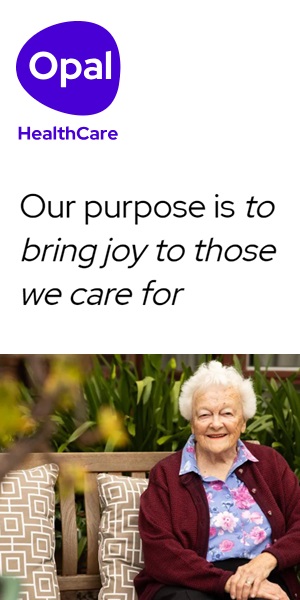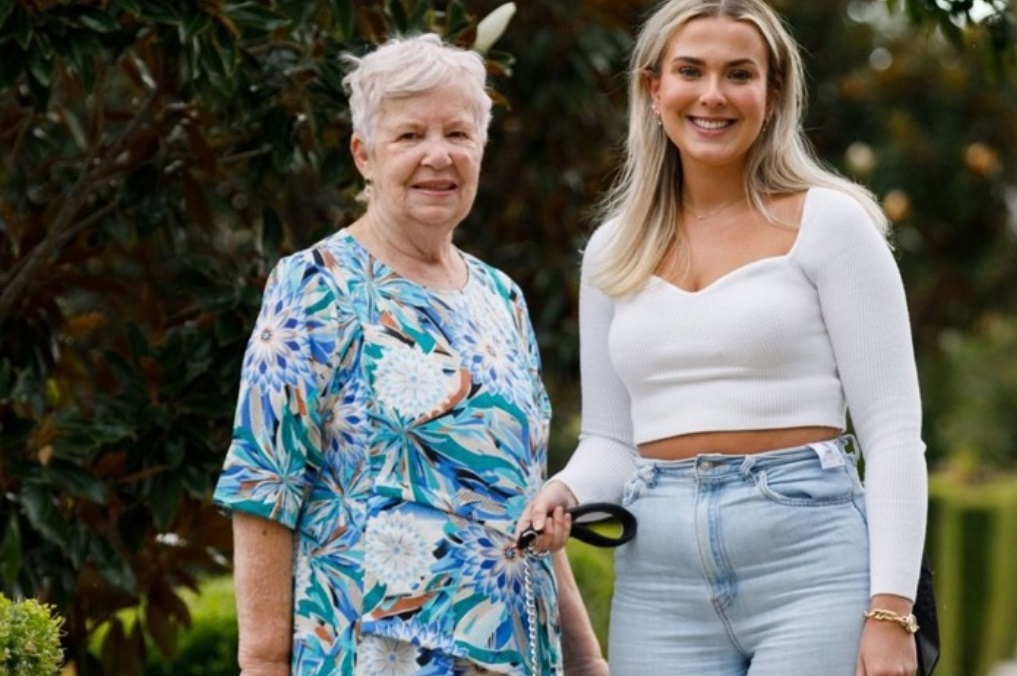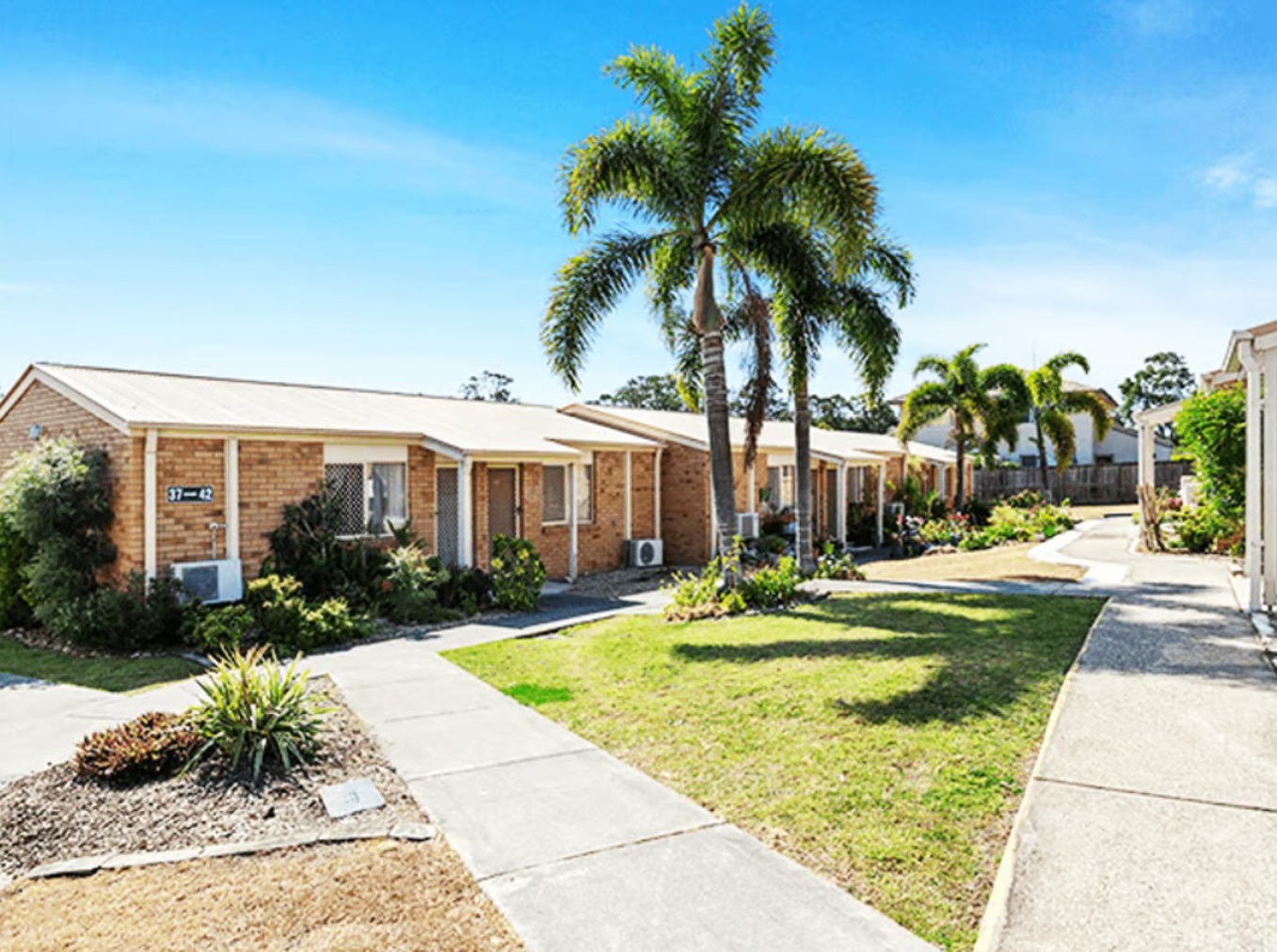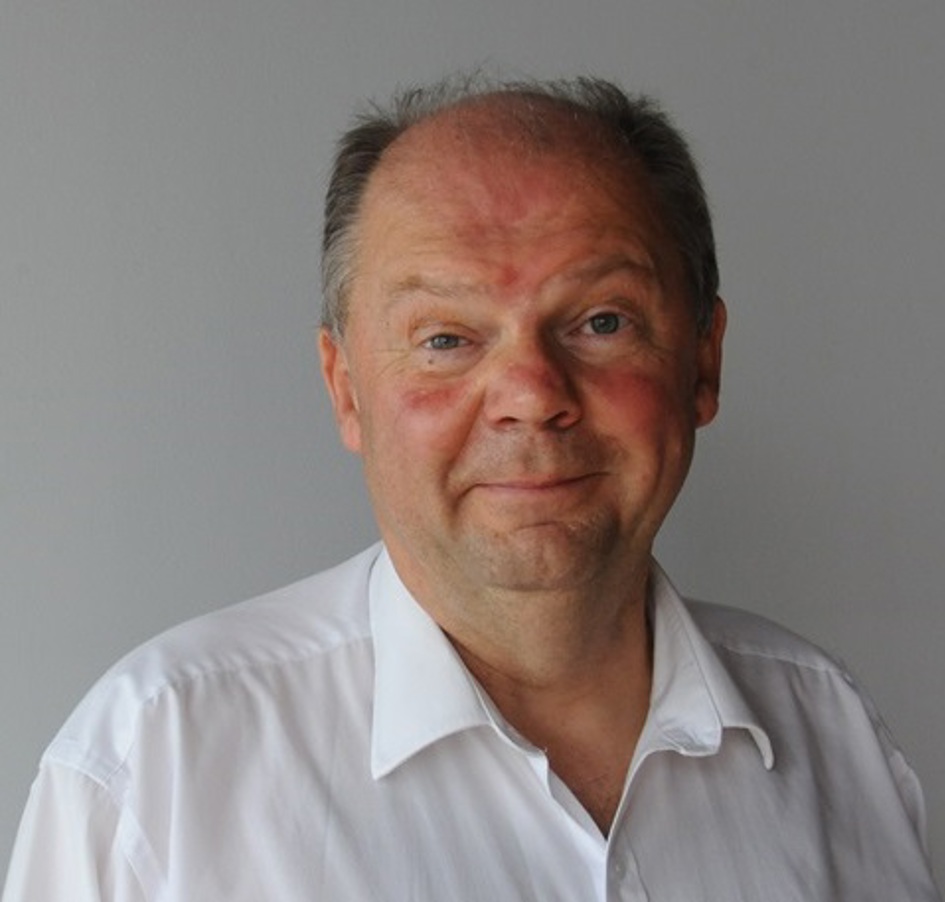Applying for an aged care home
Before you can be offered an place in an aged care home (nursing home), you need to formally apply. When you apply to a home, remember:
There is no obligation on your part
If your application is successful, you do not have to accept it.
There is no limit on the number of aged care homes you can apply to
In fact you should try to apply for at least three homes, remembering that the more you apply for, the more likely you are to be offered a place soon.
You may have to join a waiting list
If there are no places in the home(s) of your choice you may have to go onto a waiting list.
You may have to wait for a place that you can afford
All accredited, Government subsidised aged care homes are incentivised to hold a certain number of beds or places for ‘low-means residents’ (meaning that you are eligible under the Centrelink/DVA income and assets test for the Government to pay for all or most of your costs for accommodation and care). However, aged care homes usually offer a range of places with different features and inclusions, at different prices.
A home may have a vacancy but it might be at a higher price than you can afford. If you expect to qualify as a low means or fully supported aged care resident, you may have to wait for a place to become available.
How do you apply?
You apply to homes individually. Each has its own application process and usually a form that you will need to complete. Talk to each home to find out what process they have and what information they will need.
See section below, 'What information is required in the application'.
What information is required in the application?
Much of the information in the application will be expected – such as your relationship status, contact details and the name and contact details of your next of kin, whether you are wanting permanent or respite care, information about your health and care needs, details of your financial situation, and how urgently you need to find a place.
Be prepared
At some stage in the process of agreeing to move into a government subsidised aged care home, you will be asked to provide:
- Next of kin details – name and contact information
- The outcome of your aged care assessment – or information about the status of it.
- Your My Aged Care client number
- Details about your health status, including mental health and cognitive health such as if you have been diagnosed with dementia
- Information about the urgency of your need for a place
- Your preference for a room type (single or shared, ensuite bathroom/shared bathroom etc)
- Whether you want higher quality goods and services’ or 'additional services'
- Name and contact details of your Enduring Power of Attorney (and copy of document)
- Name and contact details of your Enduring Guardian
- Pension or DVA status – including your pension or DVA card number and expiry date
- Details of your financial situation, including the outcome of your Combined Income and Assets Test
- Medicare number (including expiry date)
- Any private health insurance/ambulance cover details and policy numbers
- Name and contact details for your GP and other key health specialists involved in your care
- Any religious, cultural or other specific considerations needed, including sexuality
- Your first /preferred language and whether you will need interpreter services
- Details of the person or organisation who holds your will
- End of life care wishes and copies of key documents like an advanced care directive
- Details of your funeral arrangements
Plus:
- Copies of all the key documents
If you want your fees and charges subsidised by the Australian Government, you are required to provide your personal financial details to the aged care home and complete the Combined Income and Assets Test for Centrelink or DVA. It is not required as part of the application process if you are going to pay the full cost of your care.
What to expect after applying
- You may receive an email or a phone call to let you know the result of your application, mostly within a day or two.
- If you are still waiting for a response after three or four business days, you should contact the home directly.
- Agedcare101 does not manage the responses from aged care homes (nursing homes) you have applied
Plus:
- All responses will go directly to you or the person who has been identified as the key contact person in the application. You may receive an email to the email address that was given or you may receive a phone call to the contact number you provided.















